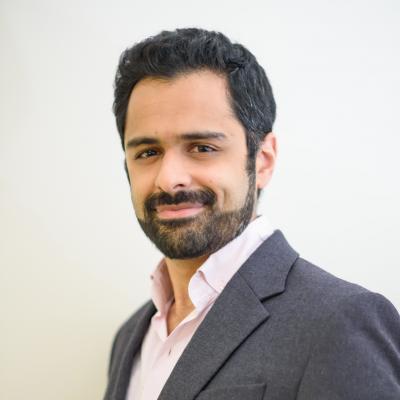Shared decision making: learning from 'The boy who wanted his leg cut off'
21 December 2015

A recent BBC documentary, The boy who wanted his leg cut off, demonstrated the remarkable courage of a boy named Dillon.
Dillon is 12 years old and has very severe Neurofibromatosis (NF1), a rare genetic defect resulting in multiple nerve tumours to grow in his left leg causing increasing pain and disability. Together with his family he has decided that the right thing for him is an amputation of his left leg and the BBC documentary follows his journey and the challenges he has to overcome. His health professionals are kind and supportive, but somehow, despite lots of careful thought and planning, it’s hard for Dillon to get across what he wants and why he wants this.
The programme is provocative and disturbing. What drives a 12 year old to think this way and how should medical professionals respond? What’s reasonable in these situations? More importantly how do we go about understanding his needs and priorities earlier in the process?
During a meeting with a senior orthopaedic surgeon, it is clear that Dillon wants to appear mature and brave.The consultation shifts focus from his struggle, to him being happy with his situation. He is unable to find the right opportunity to discuss the plan to amputate that he and his family have decided upon.The consultation ends with a confident conclusion that all is as well as can be.
Later, Dillon changes tack and does open up properly about his struggles with an NF1 specialist. However the specialist is worried about recurrence following an amputation. She suggests exploring a novel medical option in the USA and surgery to stop the left leg growing so the right leg can catch up. Dillon’s ‘hope’ of an amputation has now faded. He proceeds with the alternative, only to be told afterwards by his orthopaedic surgeon that an amputation is an option after all. Dillon and his family are confused. Dillon eventually undergoes an amputation not by design but as a result of postoperative complications. His adjustment is remarkable.
During his initial consultation Dillion was clearly trying to portray a brave and mature character, to demonstrate to the consultant he was capable of undergoing an amputation. Ironically this may have meant he was unable to say how he truly felt. So it becomes our responsibility, as clinicians, to ensure we elicit how people feel. The programme highlights that there is often so much behind the scene that it’s challenging for clinicians to understand clearly where people are with their health problems. If only the surgeon had known how much research Dillon had done beforehand, would this have made a difference? Was there a way he could have steered the consultation to elicit this?
Shared decision making is a way of transforming the conversation between doctors and their patients so that the thoughts, concerns and especially the preferences of individuals are placed more equally alongside the clinician’s expertise, experience and skills. This ensures people are given a more explicit role in decisions about their health. Perhaps Dillon would have been more empowered to say what he had planned at the start of the first consultation, if questions like ‘…tell me what you mean when you say you’re fine?’ or ‘before you came to see me today, was there anything in particular you wanted to discuss?’ were used. These approaches also leave people with a better understanding and feeling more satisfied with the decisions they make. Understanding real life situations, such as this, may modify the clinician’s anxieties about what may initially seem like a drastic option.
Working in a person centred way is not just about individual encounters; care that breaks down silos and coordinates healthcare around the person’s situation is needed. Dillon’s situation shows how easily multiple interactions and treatments can be bewildering and confusing. Working out how we can overcome this in a world of increasing specialisation is challenging – but necessary.
So what is needed and is it new? William Osler said ‘the good physician treats the disease; the great physician treats the patient who has the disease.’ In one sense this has been around for over a century, but not ingrained into practice. In an increasingly complex medical world we need people like Dillon to help us to see this if we are going to make great and not just good decisions. What would have happened for example if it had been easier to be aware of Dillon’s preparation for his consultations, or even to support him in doing this? If it had been possible to elicit what he and his family already thought, as well as sharing clinical expertise? If there had been acknowledgement of his preferences and even opportunity to ‘come back’ to the health professionals with further questions about key decisions? Would we accept anything less for other major decisions in our lives? The time has come for us to see our patients as partners in their care.
Authors: Dr Mohsin Choudry, National Medical Director's Clinical Fellow at the RCP and core surgical trainee, and Dr Nick Lewis-Barned, RCP clinical fellow for shared decision making and consultant diabetologist, Northumbria NHS Foundation Trust
Work with us
We look for talented and passionate individuals as everyone at the Health Foundation has an important role to play.
View current vacanciesThe Q community
Q is an initiative connecting people with improvement expertise across the UK.
Find out more

